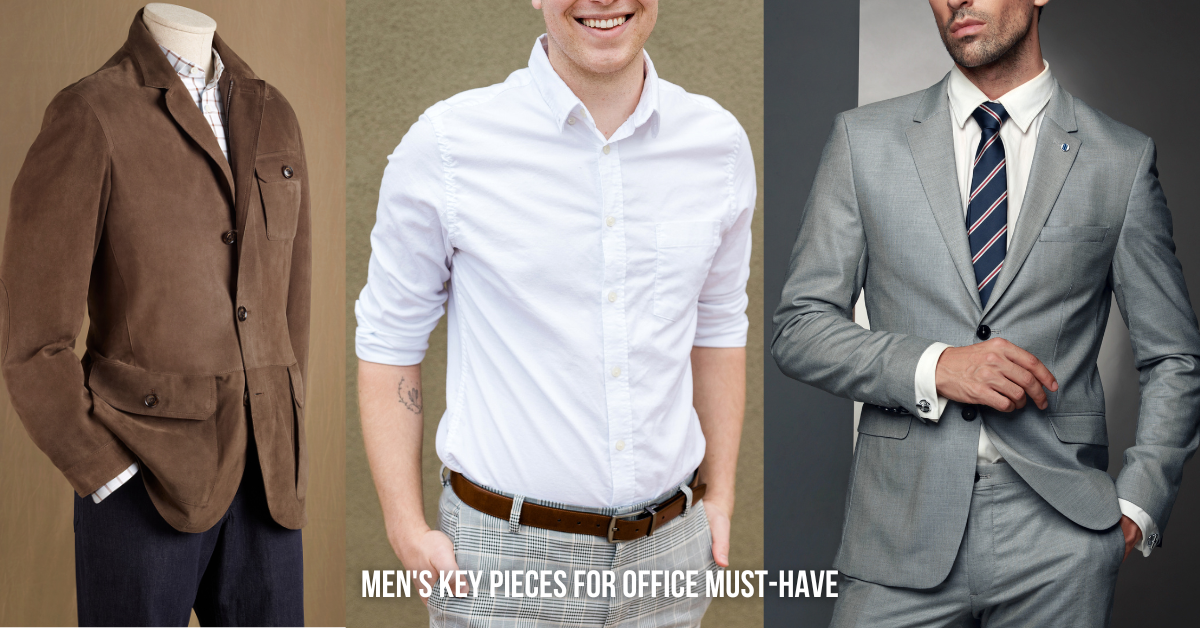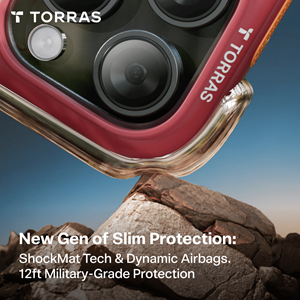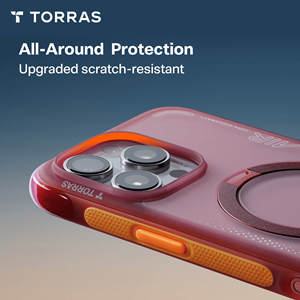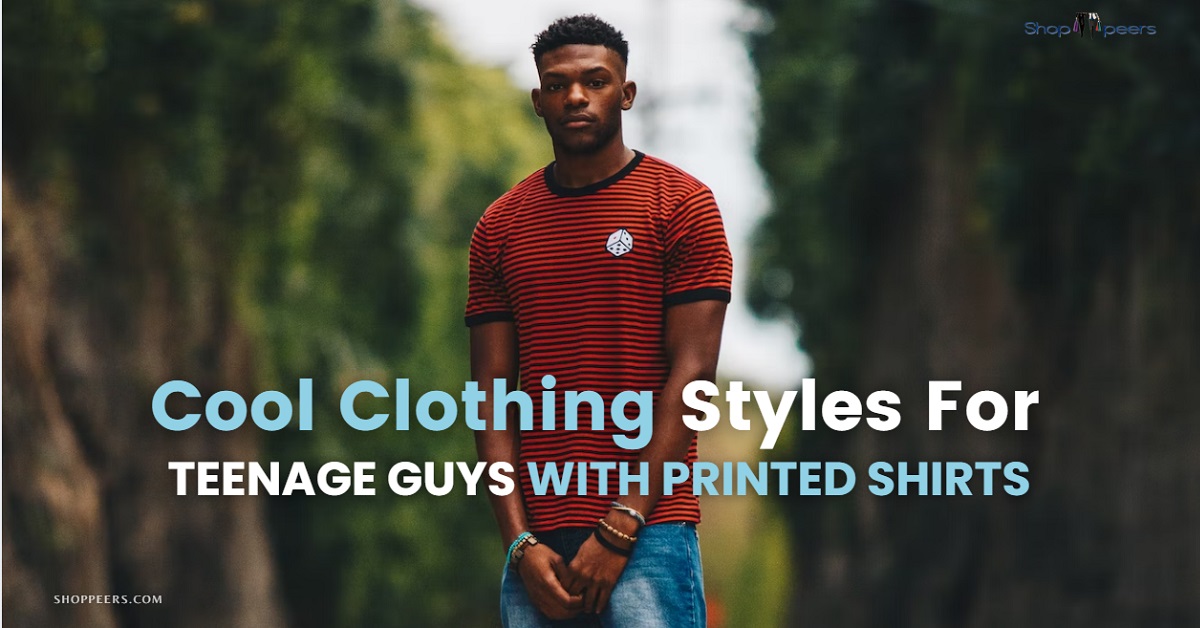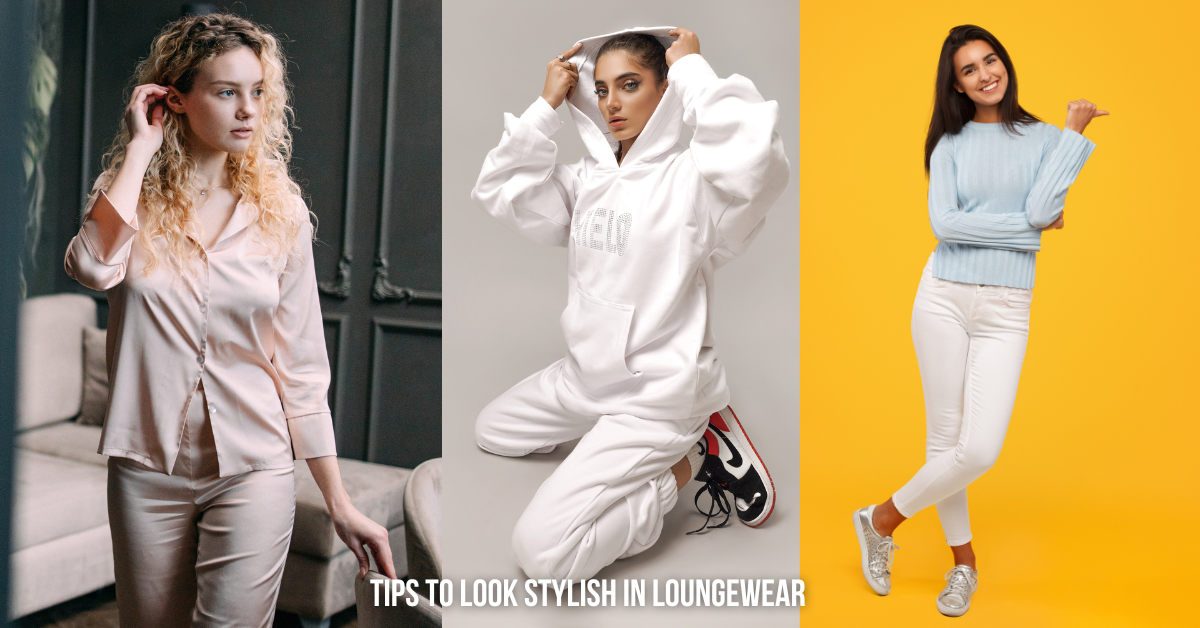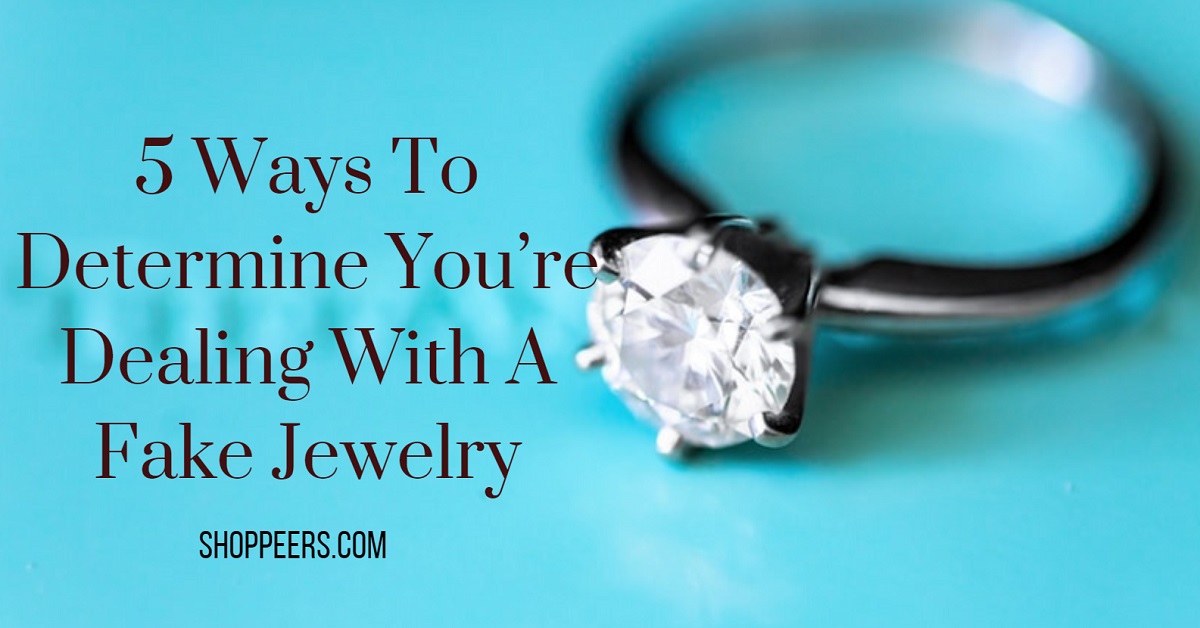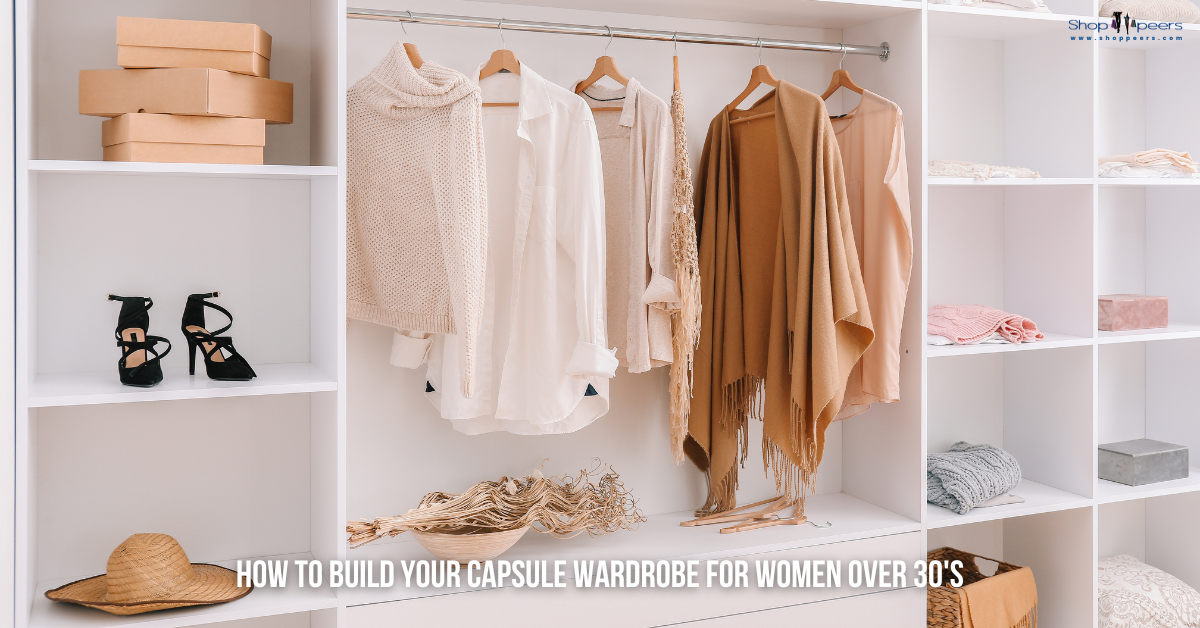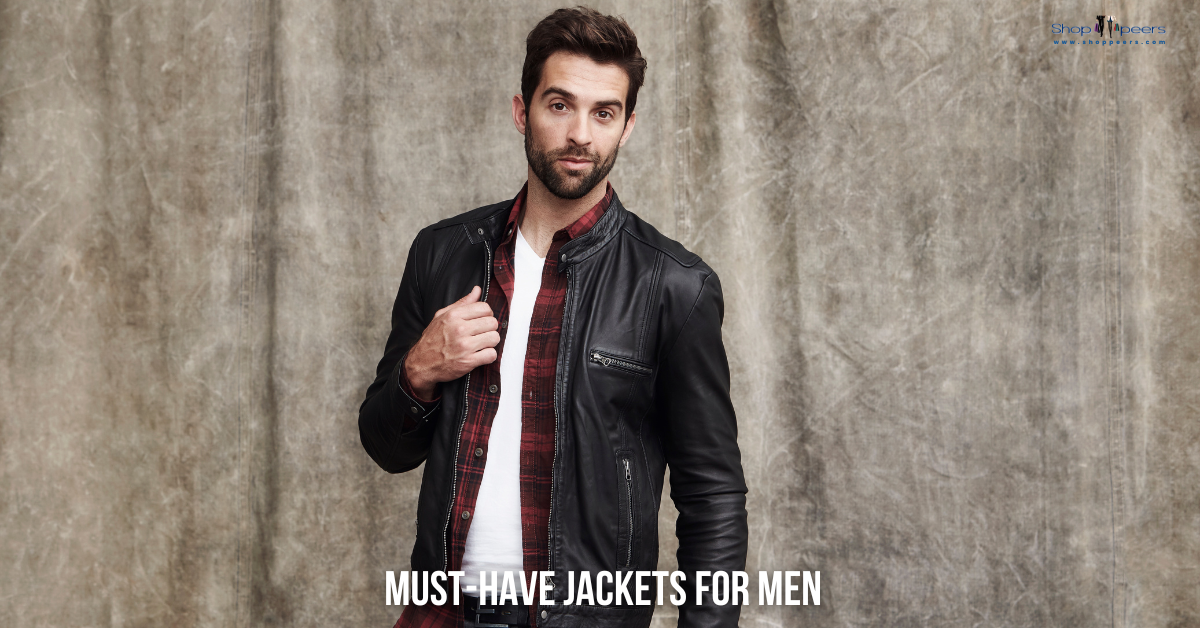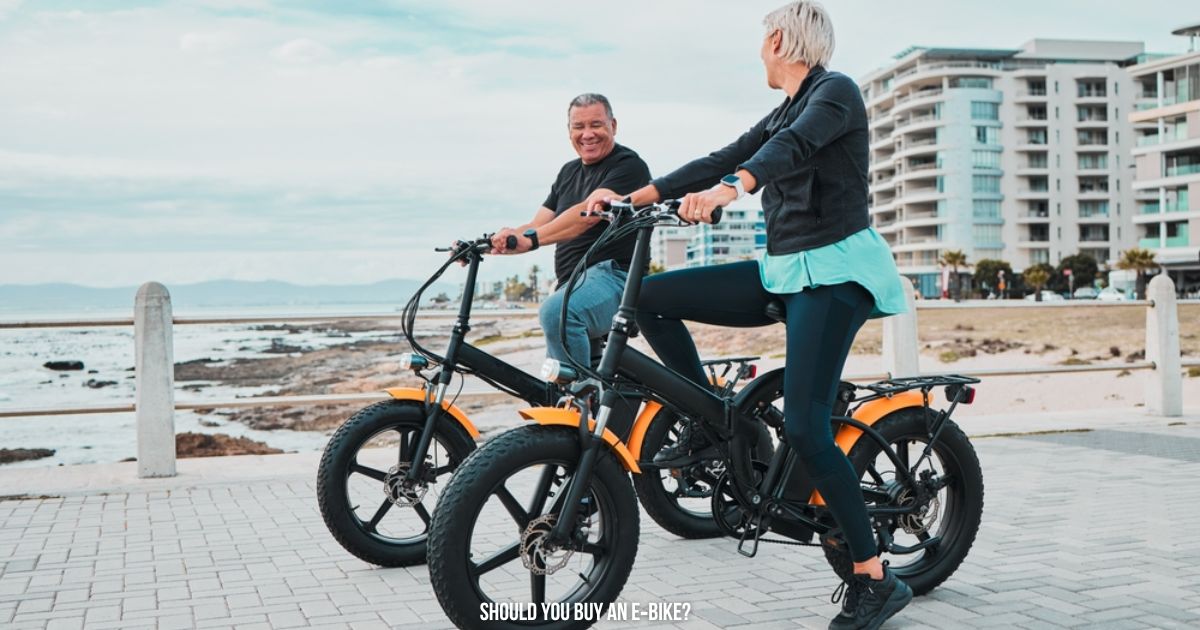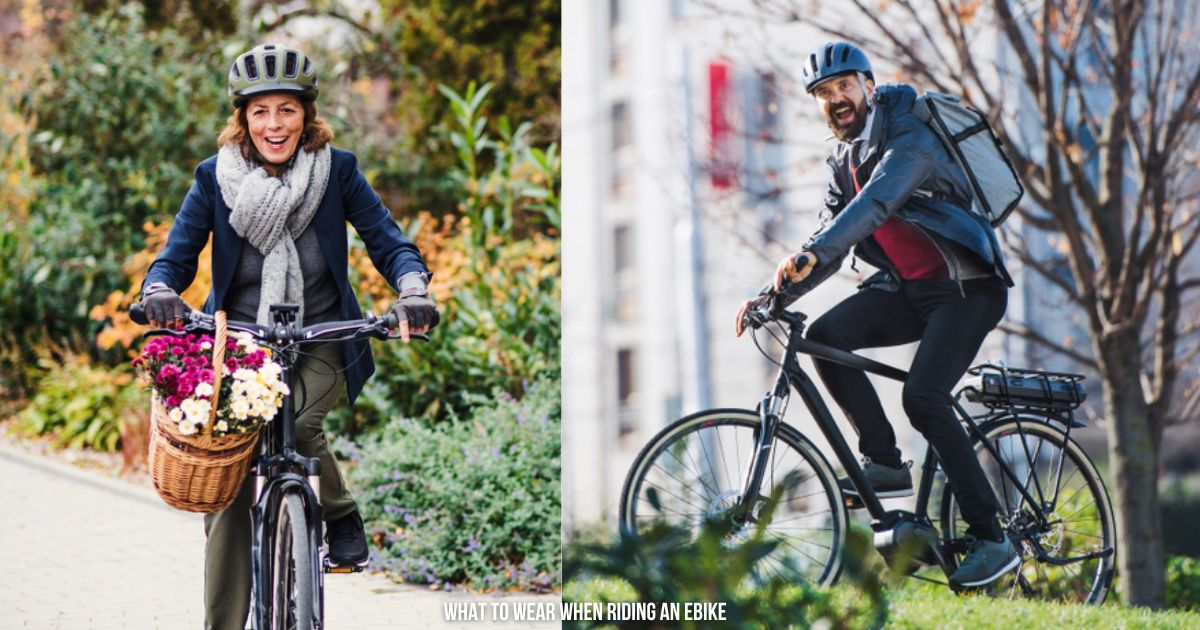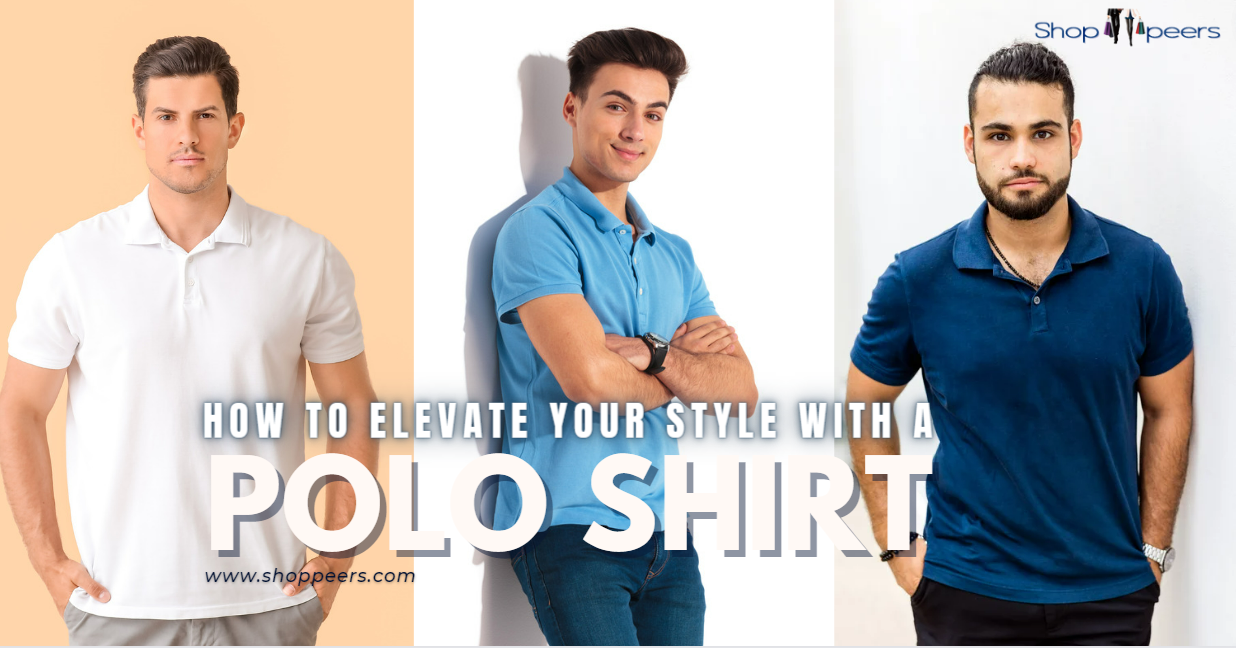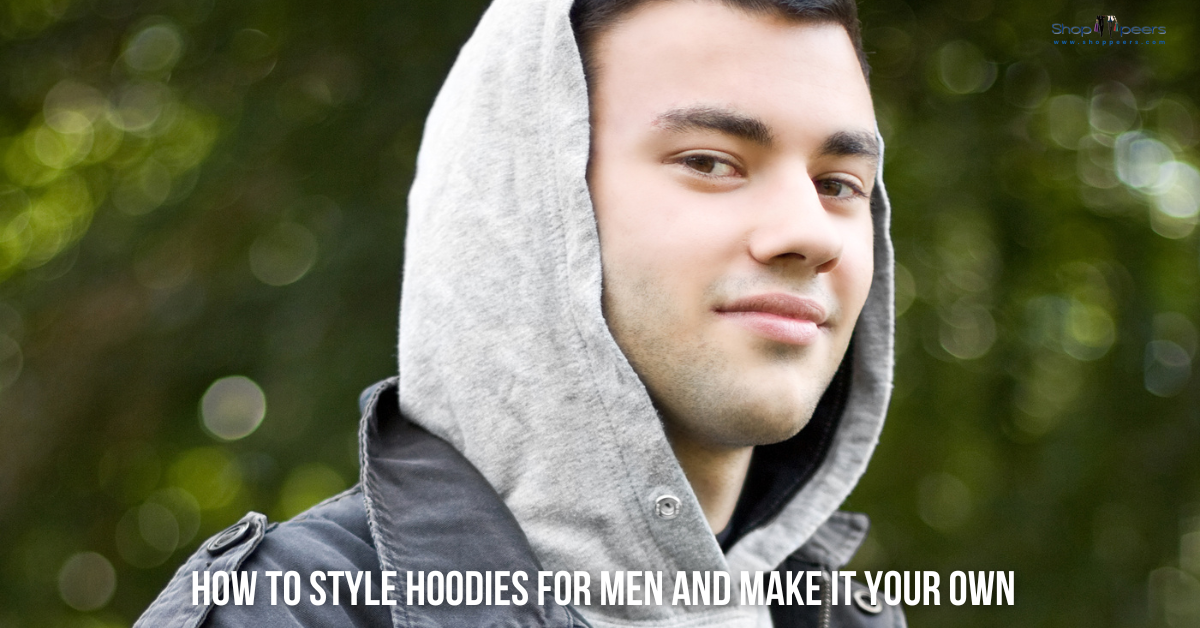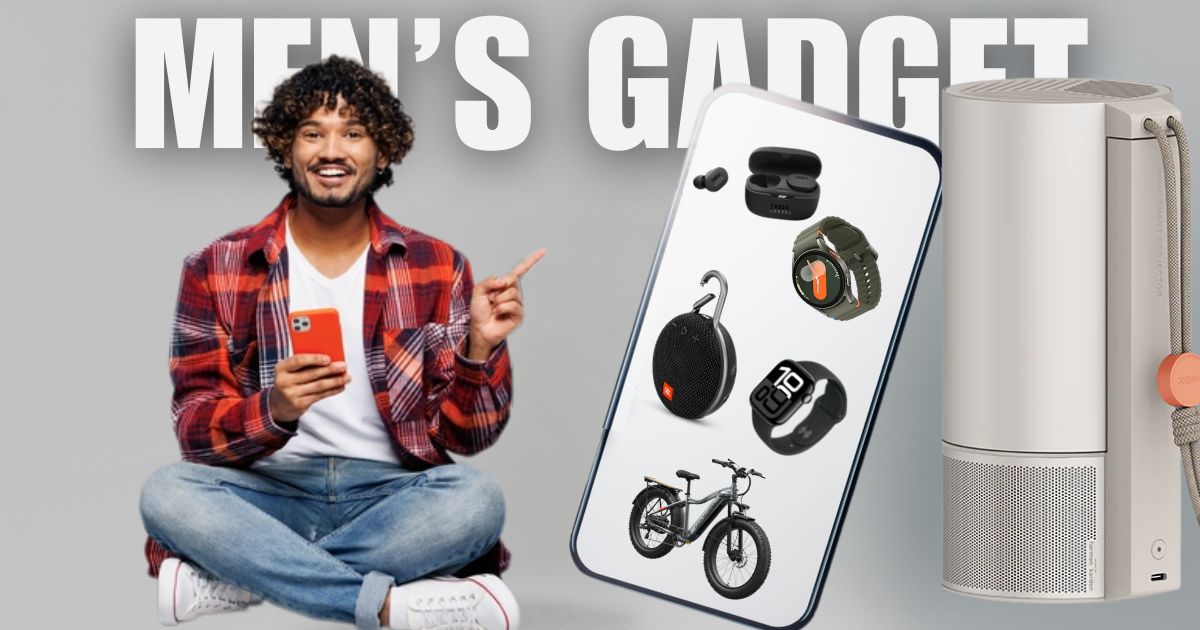When it comes to men’s office attire, the stakes are high: you want to look professional but still maintain your style. For men, the challenge is to blend classic professionalism with contemporary trends, creating a look that is both sharp and approachable. As we dive into 2026, it’s time to update your wardrobe with the must-have pieces that will keep you looking polished and confident. This guide will walk you through the top office essentials for men this year and offer tips on how to style them effectively.
From versatile blazers to smart shoes, these office must-haves are not just about following fashion trends but also about investing in pieces that enhance your professional presence. We’ll cover everything from tailored suits to casual Fridays, ensuring you have the right outfit for every occasion. So, whether you’re gearing up for an important presentation or just want to elevate your everyday look, keep reading to discover how to upgrade your office wardrobe with the best men’s office attire ideas.
Key Office Must-Haves for Men
1. The Tailored Suit
A tailored suit remains a staple in the modern professional’s wardrobe, and its importance hasn’t waned in 2024. Here’s a deeper dive into what makes a suit essential:
- A Perfect Fit: The fit of a suit is crucial for a polished appearance. Ensure the jacket fits snugly at the shoulders without pulling or sagging, the chest should be comfortably fitted without excess fabric, and the waist should taper slightly for a streamlined look. Pay attention to sleeve and trouser lengths; sleeves should end just above the wrist bone to reveal a bit of shirt cuff, while trousers should have a slight break at the shoes.
- Neutral Colors: Classic colors like navy, charcoal, and grey are not only versatile but also timeless. Navy suits are particularly adaptable, transitioning seamlessly from business meetings to semi-formal events. Charcoal and grey are excellent for more serious business settings. Consider adding a lighter grey or beige suit for the summer months or more casual office environments.
- Quality Fabric: Fabric choice impacts both the look and comfort of your suit. Wool is a popular choice due to its natural breathability and drape, making it suitable for various climates. Wool-blend fabrics, which might include polyester or elastane, add durability and stretch, enhancing comfort and resilience. For warmer weather, opt for lightweight wool or linen blends, which offer better ventilation and a more relaxed look.
2. Smart Dress Shirts
Dress shirts form the backbone of office attire, and the right shirt can make or break an outfit. Here’s a closer look:
- Crisp Whites and Subtle Patterns: A classic white shirt is versatile and essential for formal settings. Subtle patterns like thin stripes or small checks can add variety without being distracting. These patterns also add a touch of personality while remaining professional. Avoid overly bold patterns or bright colors, which may be too casual for a formal office environment.
- Comfortable Fabrics: Cotton remains the go-to fabric for dress shirts due to its breathability and softness. Opt for 100% cotton or a cotton blend with a small percentage of elastane for added stretch. This combination ensures comfort throughout the day and helps the shirt retain its shape. Consider a no-iron or wrinkle-resistant finish for a polished look with minimal maintenance.
- Proper Fit: A well-fitting shirt is key to a sharp look. Ensure that the collar fits comfortably around the neck without being too tight or loose. The shoulders should align with your natural shoulder line, and the sleeves should allow for a full range of motion without excess fabric. The shirt should also fit well around the waist to avoid bunching under a suit jacket.
3. Versatile Blazers
Blazers offer a flexible option for varying office environments and are an excellent investment for a well-rounded wardrobe:
- Neutral and Dark Colors: Navy, grey, and black blazers are the most versatile and can be paired with a wide range of trousers and shirts. Navy blazers are particularly versatile, suitable for both formal and semi-formal occasions. Grey and black blazers are great for more serious or traditional office settings. For added variety, consider a blazer in a muted pattern like houndstooth or pinstripe.
- Structured Fit: A structured blazer with defined shoulders and a tapered waist creates a sharp silhouette. This structure enhances your posture and gives a more refined appearance. Ensure the blazer fits well around the chest and shoulders, as a poorly fitted blazer can affect your overall look.
- Seasonal Fabrics: The fabric of your blazer should match the season. For warmer months, lighter fabrics like linen or lightweight cotton blends keep you cool while still looking professional. In colder months, heavier fabrics like wool or tweed offer warmth and a more substantial feel. Tweed blazers can add a touch of texture and are ideal for less formal office settings.
4. Comfortable Dress Shoes
Dress shoes are a crucial component of a professional wardrobe, and comfort should be a priority:
- Classic Styles: Oxfords, brogues, and loafers are timeless styles that work well in a professional setting. Oxfords are ideal for formal occasions, while brogues, with their decorative perforations, add a bit of flair. Loafers are a good choice for business casual settings and are easier to slip on and off.
- Quality Leather: Opt for genuine leather shoes, which age well and maintain their appearance over time. Full-grain leather is the highest quality, offering durability and a refined look. Leather shoes also mold to the shape of your feet over time, providing added comfort. Consider shoes with a rubber sole for better traction and comfort during long hours.
- Comfort and Fit: Properly fitting shoes are essential for comfort, especially if you spend long hours on your feet. Make sure there is enough room in the toe box and that the heel fits snugly without slipping. Breaking in new shoes gradually can help avoid discomfort. Look for features like cushioned insoles and arch support to enhance comfort.
5. Stylish Accessories
Accessories are not just about style; they also add a personal touch to your office attire:
- Belts: A high-quality leather belt should match your shoes to create a cohesive look. Black belts are ideal for formal settings, while brown belts can be worn with brown shoes for a business casual vibe. Opt for a belt with a simple, elegant buckle that complements your overall outfit.
- Watches: A classic wristwatch adds sophistication and is a practical accessory for keeping track of time. Choose a watch with a clean, minimalist design for a versatile look that pairs well with both formal and casual outfits. Metal bands are more formal, while leather straps offer a more classic look.
- Ties and Pocket Squares: Ties in classic colors like navy, burgundy, or grey are versatile and can be paired with a variety of shirts and suits. Patterns such as stripes or polka dots can add interest without being overwhelming. A pocket square, in a complementary color or pattern, adds a touch of elegance and can be coordinated with your tie or shirt.
How to Style Your Office Outfits
1. Pairing Suits and Shirts
For a Classic Look:
- Navy Suit with White Dress Shirt: This combination is the gold standard of formal office wear. The navy suit provides a strong yet versatile base, while the white dress shirt adds a crisp and clean contrast. Black dress shoes complement this look, keeping it sleek and professional. This ensemble is ideal for important meetings, presentations, or formal office events. To complete the outfit, consider a silk tie in a solid color or subtle pattern, like a narrow stripe or small dot. Ensure your suit is well-tailored, with no excess fabric at the shoulders or waist, and your shirt should be neatly pressed to maintain a sharp appearance.
- Additional Tips: Add a classic black belt with a simple silver buckle to maintain a cohesive look. Opt for a white or light-colored pocket square for a touch of elegance. If you want to introduce a bit more personality, choose a tie with a sophisticated pattern, like a paisley or geometric design, that coordinates with your suit and shirt.
For a Business Casual Approach:
- Grey Blazer with Light Blue Shirt and Chinos: This outfit strikes the perfect balance between formal and relaxed. The grey blazer adds a polished touch, while the light blue shirt introduces a softer tone that’s both professional and approachable. Chinos are a versatile choice that pairs well with the blazer, offering a more relaxed alternative to dress trousers. This look is suitable for casual Fridays, informal meetings, or business casual settings.
- Additional Tips: For a more polished appearance, opt for brown leather loafers or brogues, which complement the grey blazer and light blue shirt. A brown leather belt should match your shoes for a cohesive look. You can also add a subtle tie or a patterned pocket square to elevate the outfit without making it too formal.
2. Accessorizing Smartly
For Formal Settings:
- Wear a Tie with a Matching Pocket Square: A tie adds a formal touch to your outfit, and pairing it with a coordinating pocket square enhances your look. Choose a tie in a solid color or classic pattern like stripes or polka dots that complements your suit and shirt. The pocket square should ideally match or complement the tie, creating a cohesive and sophisticated appearance.
- Classic Watch: A well-chosen wristwatch adds a touch of sophistication and functionality. Opt for a classic design with a leather strap or a metal band, depending on the formality of your outfit. A watch with a clean, minimalist face and subtle detailing is ideal for maintaining a professional look. Ensure that the watch fits well and doesn’t overpower your outfit.
- Additional Tips: Ensure that your accessories are polished and in good condition. Avoid flashy or overly trendy pieces that could detract from a professional appearance. A simple silver or gold tie clip can add a refined touch and help keep your tie in place.
For Business Casual Settings:
- Skip the Tie and Opt for a Relaxed Style: In a business casual setting, you can forego the tie for a more laid-back approach. Choose a belt that matches your shoes for a streamlined look. A belt with a simple, elegant buckle can add a touch of sophistication without being too formal.
- Watch and Subtle Pocket Square: Even without a tie, you can enhance your outfit with a classic watch and a subtle pocket square. The watch adds a professional touch, while the pocket square provides a bit of flair. Choose a pocket square in a color or pattern that complements your blazer or shirt, but avoid overly bold or bright designs.
- Additional Tips: Keep your accessories simple and in line with the business casual dress code. Avoid overly casual items like sports watches or flashy belts. Stick to classic, versatile pieces that add a polished finish to your outfit.
Protect your smartphone better with TORRAS Cases.
Built for hands, hearts, and heavy-duty drops. Get TORRAS’s best-selling MagSafe cases with built-in stands—sleek, shock-proof, and made for every style. Available while stocks last, so grab yours before they’re gone. Don’t just protect your phone, show it off only at torraslife.com.
3. Incorporating Trendy Elements
Seasonal Trends:
- Spring and Summer: During these seasons, embrace lighter fabrics and colors. Opt for suits and blazers made from breathable materials like linen or lightweight cotton blends. Light pastel colors, such as pale blue or light grey, are ideal for warmer weather and can make your outfit look fresh and seasonal. Pairing these lighter pieces with loafers or brogues in tan or beige can complete the look.
- Fall and Winter: For colder months, focus on layering and richer, darker tones. Wool and tweed blazers or suits provide warmth and a structured look. Incorporate darker colors like deep navy, charcoal, and brown. Layer your outfit with a stylish wool overcoat or a vest for additional warmth and sophistication. Consider adding textured accessories like knitted ties or scarves to enhance your fall and winter attire.
- Additional Tips: Be mindful of fabric weights and layering to stay comfortable throughout the season. Accessories such as leather gloves or a stylish scarf can add both warmth and a fashionable edge to your winter wardrobe.
Mixing Patterns:
- When Mixing Patterns: If you enjoy incorporating patterns into your office wear, keep it balanced to avoid overwhelming your outfit. For example, if you’re wearing a pinstripe suit, opt for a solid-colored shirt and a tie with a subtle pattern. If your shirt features a check pattern, choose a blazer or suit in a solid color to create contrast.
- Additional Tips: Stick to a common color scheme to tie different patterns together. For instance, if your shirt has a subtle pattern in blue, choose a blazer or tie that incorporates a similar shade. This approach helps maintain a cohesive look while adding visual interest to your outfit.
Maintaining and Caring for Your Office Wear
1. Regular Cleaning and Maintenance
- Dry Cleaning: Regularly dry-clean suits and blazers to maintain their shape and appearance.
- Proper Storage: Hang suits and shirts properly to avoid wrinkles and preserve their form.
2. Shoe Care
- Polishing: Regularly polish your dress shoes to keep them looking their best.
- Proper Storage: Store shoes with shoe trees to maintain their shape and prevent creasing.
3. Wardrobe Rotation
- Avoid Overwearing: Rotate your office wear to avoid wear and tear on individual pieces. This also allows you to showcase different styles and keep your look fresh.
Always look polished and professional
Updating your office wardrobe with these essential pieces will not only enhance your professional appearance but also boost your confidence. By focusing on versatile, high-quality items and learning how to style them effectively, you’ll be prepared for any situation that comes your way. Remember, men’s office attire ideas are not just about following trends but also about creating a look that works for you and reflects your personal style.
Investing in these office must-haves and mastering the art of styling will ensure you always look polished and professional. From the tailored suit to the right accessories, each piece plays a crucial role in crafting an outfit that speaks volumes about your professionalism and attention to detail. Keep these tips in mind, and you’ll navigate the workday with style and ease.

